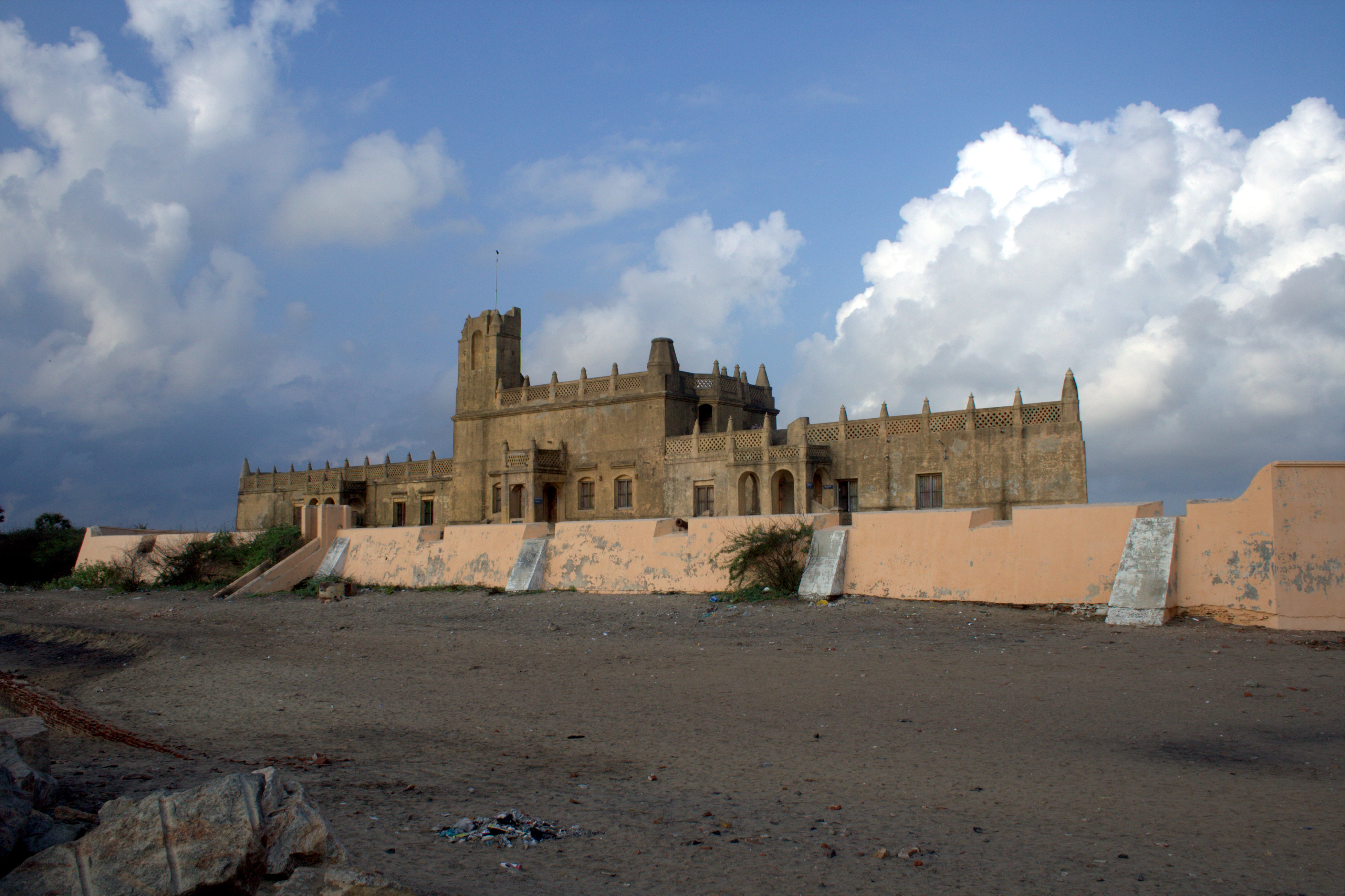Danish Fort
HISTORICAL BACKGROUNDS :
The history of Tranquebar could be traced back to the beginning of the Common Era. Ancient Sangam classics like the Purananooru, Natrinai and Agananooru refer to Poraiyar, the near by town, as a port town i.e. munturai. It continued to play an important role in the history of Tranquebar till 19th century.
The earliest reference to Tarangambadi occurs in a 14th century inscription, mentioning the place as Sadanganpadi alias Kulasekarapattinam. It was a commercial port attracting traders from different countries. The port has given access to inland trade from early times as it is situated on the mouth of Uppanaru.
The coramandal coast from Nangur to Nagapattinam, has been an active international commercial and cultural centre from about 3rd century BCE.
At the beginning of the 17th century, many European countries like the British, the French, the Dutch and the Danes, vied with each other in establishing maritime trade with India and formed respective East India companies.
The Portuguese settled at Nagapattinam in 16th century CE, also seems to have frequented the port of Tarangambadi. The Danish East India Company was established at Copenhagen, Denmark in 1616 CE. The King of Denmark sent Danish Admiral Ove Gedde, as his Ambassador to India with two ships, and with the help of a Holland captain Roeland Crape. Roeland Crape was able to impress the then king of Thanjavur, Raghunatha Nayak.
The letter of friendship was written on a golden leaf resembling that of a palmleaf, in Tamil language with the signature of the king Raghunatha in Telugu. This golden letter of friendship signed in 1620 CE is now preserved in the Royal Archives, Copenhagen, Denmark.
Location: Tranquebar (Tarangampadi) is situated 30 km from Myiladuthurai, in Nagappatinam District.





